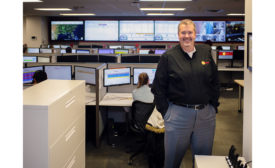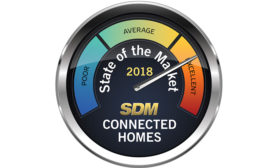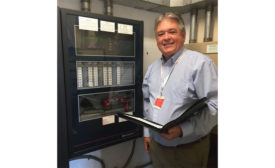State of the Market Series
With a smart home market that is staying strong, if still in flux, now is the time for reinvention if security dealers want to find their groove and meet opportunity head-on.
Read More
The State of the Access Control Market in 2019
Security integrators and manufacturers see renewed interest from end users in the features, benefits and use cases access control can provide, and are starting to see an uptick in retrofits and upgrades.
June 3, 2019
SDM EXCLUSIVE
State of the Market: Fire Alarms 2019
Technology advancements, updated codes and communication needs are driving the fire market forward, leading to a very bullish outlook for 2019 and beyond.
May 9, 2019
SDM EXCLUSIVE
State of the Market: Security & Monitoring 2019
Security dealers are increasingly taking advantage of the plethora of new technologies, business models and opportunities in the security alarm space, and seem to have found their footing in a rapidly changing landscape.
March 5, 2019
SDM EXCLUSIVE
State of the Market: Video Surveillance 2019
Adaptable and ever changing, the video surveillance market continues to evolve with new technology and further integration, making its outlook as strong as ever.
February 4, 2019
State of the Market: Connected Home
The connected home space in 2017 continued to be very strong for all players; for security dealers, finding their footing in this everchanging market remains a priority in 2018.
August 1, 2018
State of the Market: Access Control 2018
2017 was a very strong year for the access control industry, with many market forces working in its favor; 2018 and beyond looks even more promising
June 1, 2018
State of the Market: Fire Alarms 2018
With a strong economy, plus a healthy new construction and retrofit market, business remains steady in the fire space, with a few new opportunities, but also some notes of caution
May 9, 2018
State of the Market: Security & Monitoring 2018
Technology changes, major shifts in the market and evolving customer expectations bring a wealth of opportunity the commercial and residential security markets.
March 1, 2018
Be in the forefront of security intelligence when you receive SDM.
Join over 10,000+ professionals when you subscribe today.
SIGN UP TODAY!Copyright ©2024. All Rights Reserved BNP Media.
Design, CMS, Hosting & Web Development :: ePublishing











